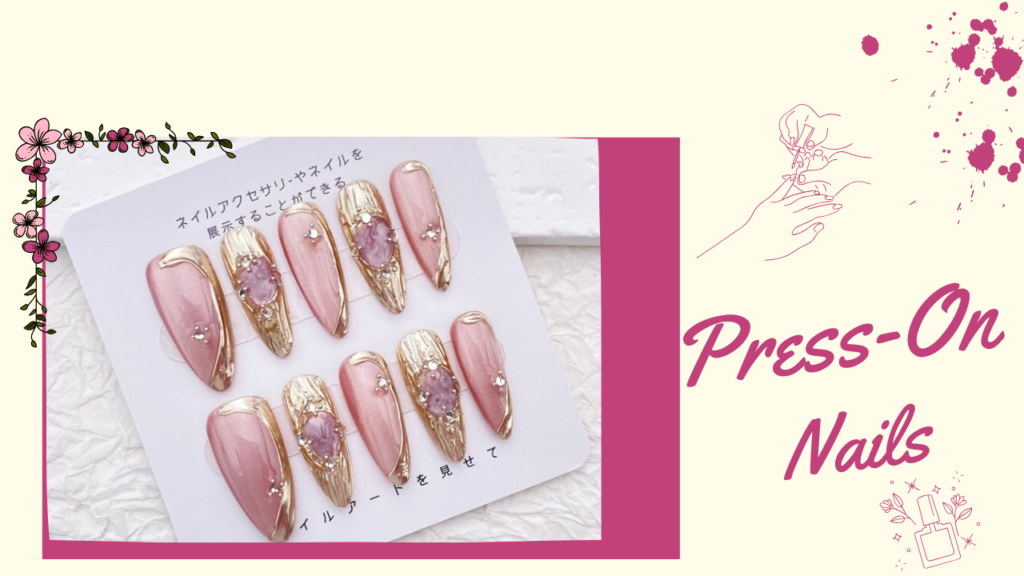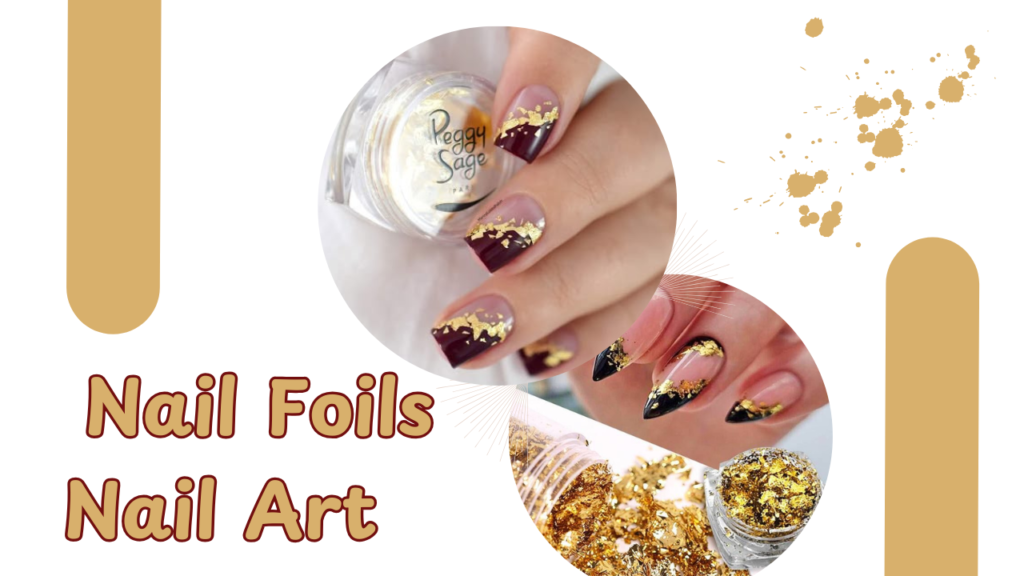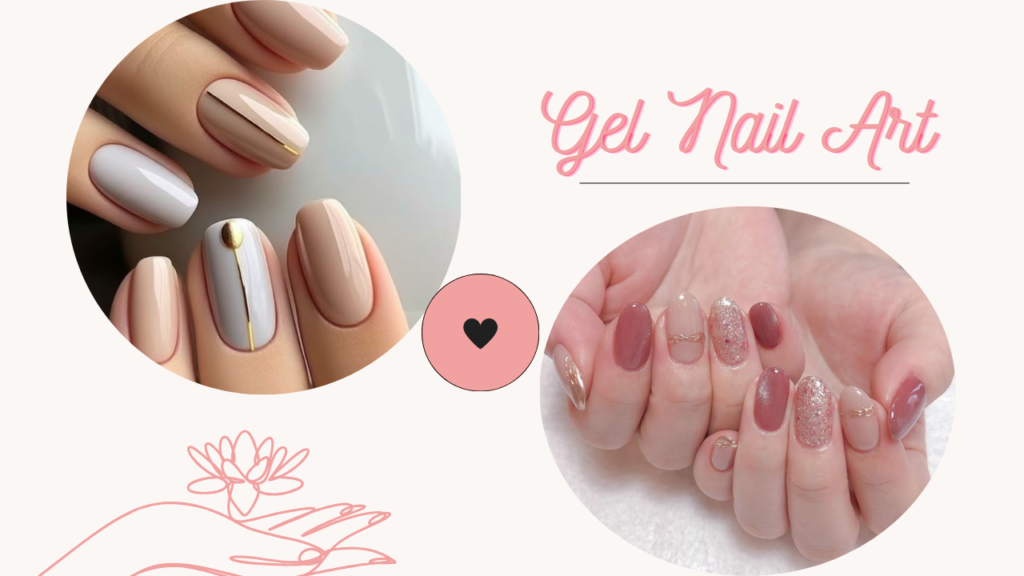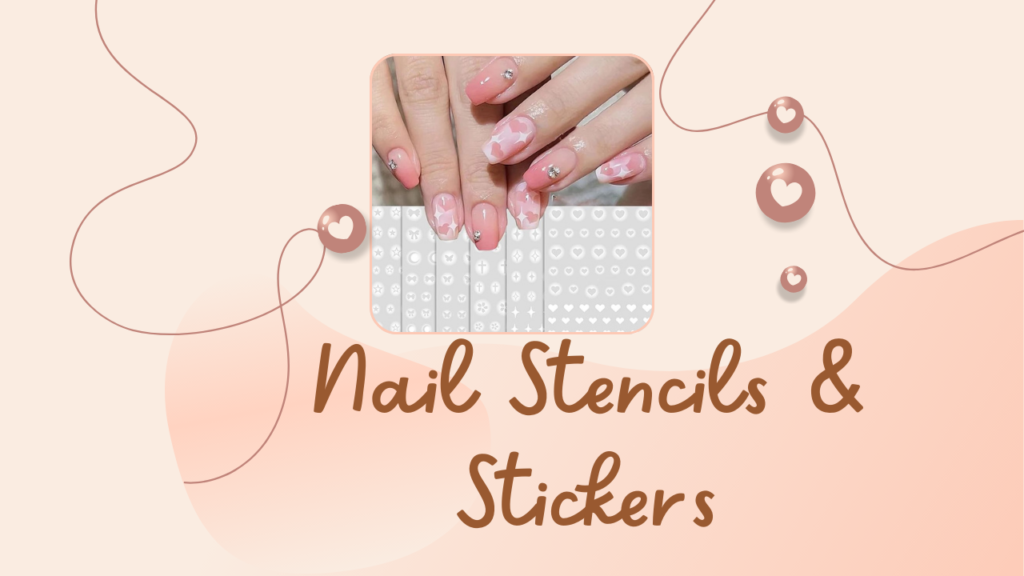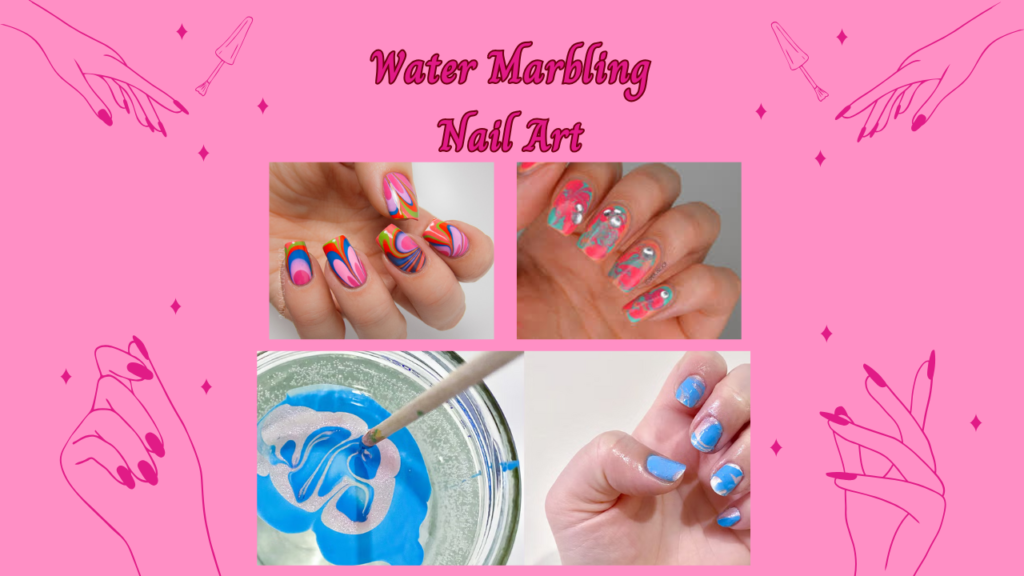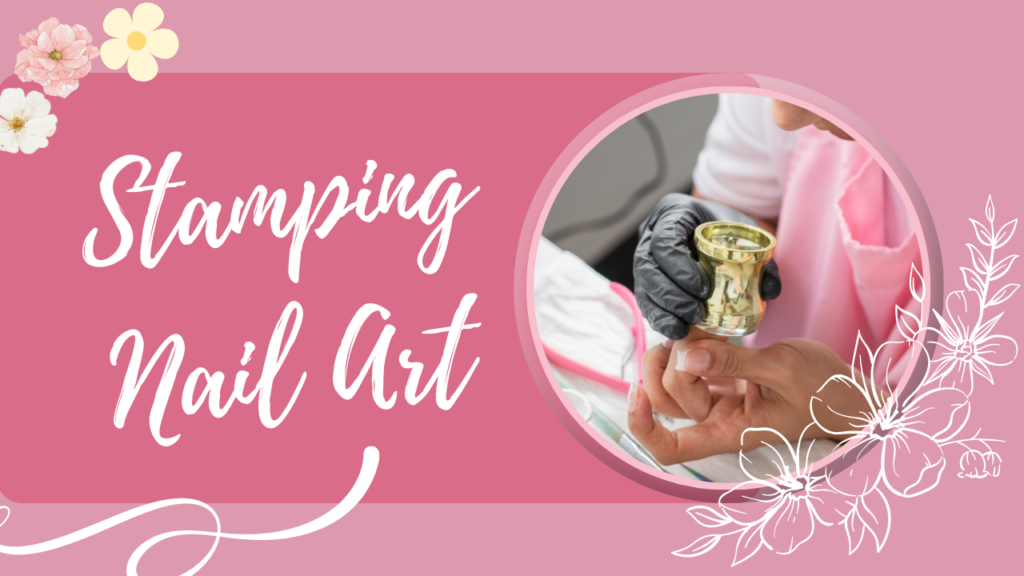Press-On Nails: The Convenient and Stylish Solution for Beautiful Nails
Press-on nails have become one of the most convenient and popular alternatives to traditional nail salons. Whether you’re looking for a quick manicure, a budget-friendly option, or just a fun way to change up your nail look, press-on nails are the perfect solution. These easy-to-use nails offer a wide variety of designs, shapes, and sizes, giving you the flexibility to customize your nails at home with minimal effort. In this article, we will explore what press-on nails are, their benefits, how to apply them, and tips for maintaining them. What Are Press-On Nails? Press-on nails are pre-designed artificial nails that are made to fit over your natural nails. These nails are made from various materials, including acrylic, plastic, or gel, and are designed to mimic the look of professionally done manicures. They come in a variety of colors, designs, and shapes, from simple and elegant to bold and creative. The main appeal of press-on nails is their ease of use. Unlike traditional acrylic or gel nails, which require professional application and a longer time commitment, press-on nails can be applied quickly and without the need for special equipment or expertise. Benefits of Press-On Nails 1. Convenience and Time-Saving One of the greatest advantages of press-on nails is their convenience. Unlike traditional nail salon visits, which can take an hour or more, press-on nails can be applied in just 15 to 30 minutes. This makes them an ideal option for people who are short on time or need a quick manicure for an event or outing. 2. Affordable Press-on nails are much more affordable compared to professional salon manicures. A pack of high-quality press-on nails can last several uses, making them a cost-effective alternative for those who love experimenting with different nail looks without breaking the bank. 3. Variety of Designs Press-on nails come in a wide range of colors, patterns, and styles. Whether you prefer a minimalist, elegant look or want something more bold and dramatic, there’s a press-on nail design for every taste. You can find options with intricate nail art, glitter, French tips, or even 3D embellishments. 4. No Damage to Natural Nails When applied and removed correctly, press-on nails do not cause damage to your natural nails. Unlike acrylics or gels, which require filing and soaking, press-on nails are simply pressed onto the natural nail using adhesive, reducing the risk of harming your nails. 5. Temporary & Customizable Press-on nails are temporary and can be easily removed when you’re ready to change your look. You can also mix and match different sets to create a unique design or use different shapes and sizes based on your mood or occasion. How to Apply Press-On Nails Step 1: Prep Your Natural Nails Before applying press-on nails, make sure your natural nails are clean and dry. Start by removing any old polish and filing your nails to your desired shape. Push back your cuticles gently and ensure your nails are free of oils and dirt. Step 2: Choose the Right Size Press-on nails come in a variety of sizes. To ensure a comfortable and secure fit, choose a press-on nail for each of your natural nails that matches the size of your nail bed. Most press-on nail kits come with multiple sizes, so you can pick the perfect fit for each finger. Step 3: Apply Adhesive Apply the adhesive that comes with the press-on nails. Some press-on nails come with self-adhesive tabs, while others require you to apply nail glue. If you’re using nail glue, apply a thin layer to the back of the press-on nail, ensuring it covers the entire surface. Step 4: Press and Hold Press the press-on nail onto your natural nail and hold it firmly for about 10-20 seconds to ensure a strong bond. Make sure the press-on nail is positioned properly and is aligned with your cuticle. Step 5: Finish and Shape Once all the nails are applied, you can trim or file them to your desired length and shape. If necessary, you can add a top coat for extra shine and to seal the nails in place. How to Remove Press-On Nails Removing press-on nails is just as easy as applying them. Follow these steps to safely remove them without damaging your natural nails: 1. Soak in Warm Water: Soak your nails in warm water for 10-15 minutes to soften the adhesive. 2. Gently Lift: Use a wooden stick or cuticle pusher to gently lift the edge of the press-on nail. Start from the side and work your way around the nail until it loosens. 3. Clean Your Nails: After removal, clean your nails with nail polish remover to remove any remaining adhesive. Tips for Maintaining Press-On Nails Avoid Water: After applying press-on nails, avoid getting them wet for at least an hour to ensure the adhesive fully sets. Be Careful with Impact: Press-on nails are durable, but excessive pressure or impact can cause them to lift or break. Try to avoid activities that could damage your nails. Reapply as Needed: If any nails begin to lift, simply reapply them with fresh adhesive. Moisturize: Apply cuticle oil to keep your natural nails and the surrounding skin moisturized. Popular Press-On Nail Designs Press-on nails are available in a variety of creative designs, some of the most popular include: Classic French Manicure: The timeless French tip design is available in press-on versions, offering an elegant and clean look. Glitter and Metallic Designs: Perfect for special occasions, glitter and metallic press-on nails add sparkle and shine to your fingertips. Floral Patterns: Floral press-on nails give a soft and feminine touch, with intricate designs that are perfect for spring or summer. Marble Effect: For a sophisticated and trendy look, marble-effect press-on nails mimic the elegance of marble stone. Animal Prints: Animal print designs such as leopard spots, zebra stripes, and snake patterns are bold choices for making a statement. Conclusion Press-on nails offer a fast, affordable, and stylish way to achieve beautiful nails at home. With a

